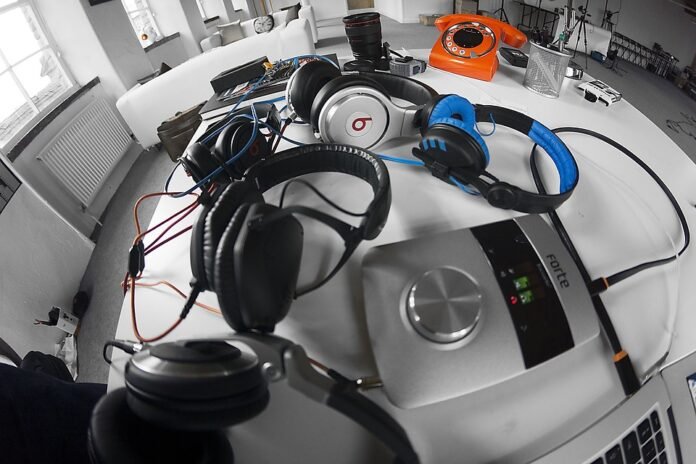The art market can be a daunting and intimidating place for novice collectors and investors. With so many factors to consider, it can be difficult to know where to start. However, with the right knowledge and guidance, anyone can enter the world of fine art investing and build a valuable collection.
Here are some tips for mastering the art market and making savvy investments in fine art:
1. Educate Yourself: The first step in investing in fine art is to educate yourself about the market. Research artists, galleries, art fairs, and auction houses to gain a better understanding of how the art world operates. Attend exhibitions and art events to get a feel for different styles and genres of art.
2. Set a Budget: Before diving into the art market, it’s important to set a budget for yourself. Determine how much you are willing to spend on individual pieces of art and how much you are willing to allocate to building your collection. Having a budget will help you make more informed decisions and avoid overspending.
3. Start Small: When building a collection, it’s best to start small and gradually build up your holdings over time. Begin by investing in more affordable pieces by emerging artists or lesser-known artists. As you become more familiar with the market, you can start investing in more expensive and established artists.
4. Diversify Your Collection: Just like with any investment portfolio, it’s important to diversify your art collection. Invest in a variety of styles, mediums, and artists to reduce risk and potentially increase the value of your collection over time.
5. Seek Expert Advice: If you’re unsure about a particular purchase or investment opportunity, don’t be afraid to seek advice from professionals in the art world. Consult with art advisors, dealers, or appraisers to get a second opinion on a potential acquisition.
6. Keep an Eye on Trends: Stay informed about the latest trends and developments in the art market. Pay attention to which artists are gaining traction, which styles are in demand, and which exhibitions are generating buzz. This information can help you make more strategic investment decisions.
7. Trust Your Instincts: Finally, trust your instincts when it comes to investing in fine art. If a piece speaks to you on a personal level and you can envision it as a valuable addition to your collection, then it may be worth the investment.
Mastering the art market and building a valuable collection takes time, patience, and dedication. By following these tips and remaining diligent in your research and acquisitions, you can become a successful art investor and curator of a prized collection.


